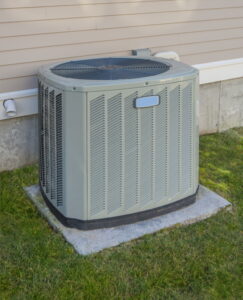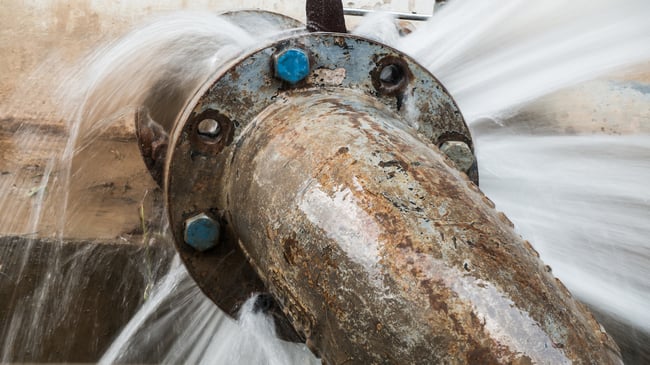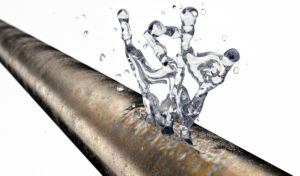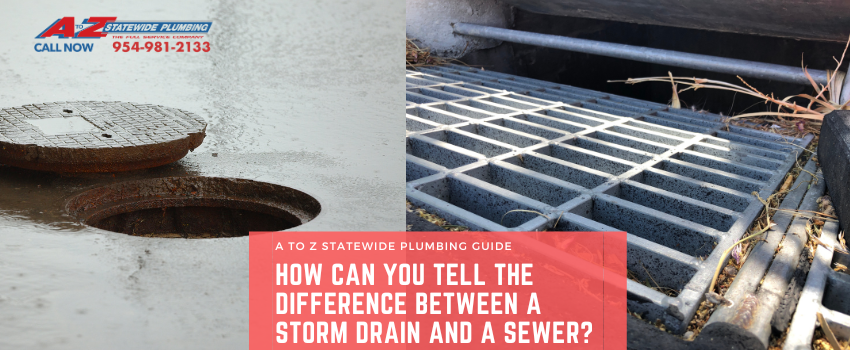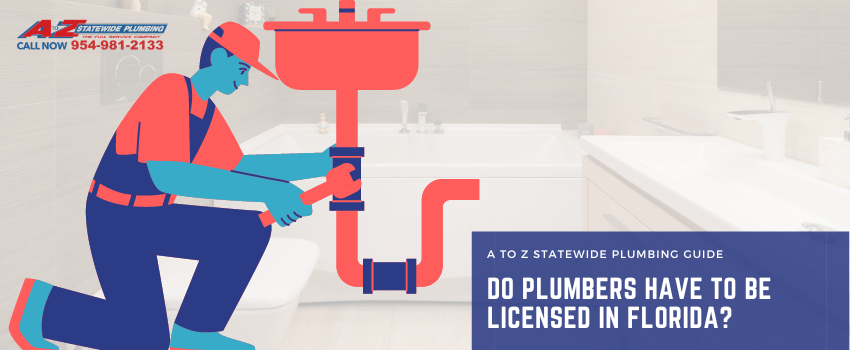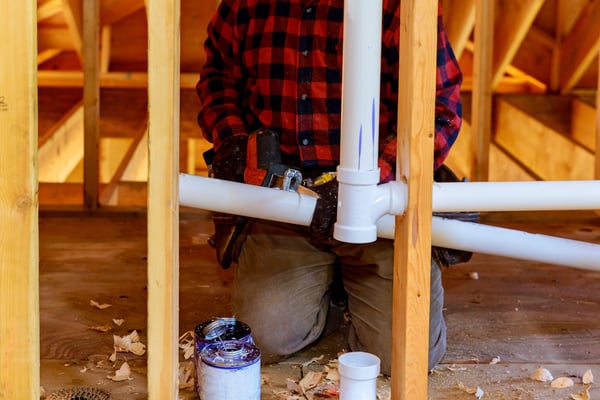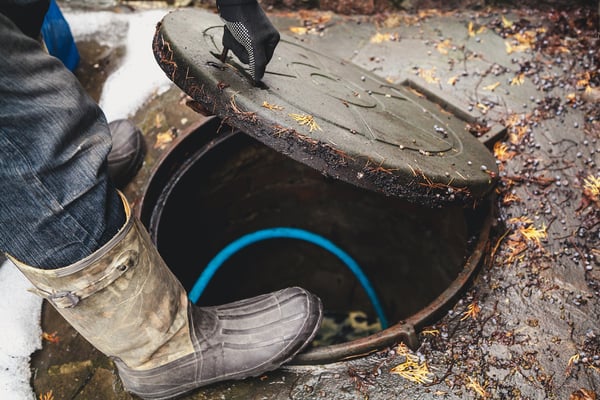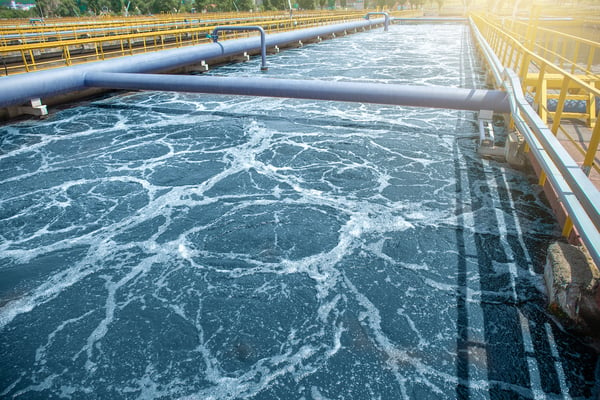Get to Know Your Condenser: The Outdoor Unit of Your AC
The part of your air conditioner that you spend more time with is, of course, the indoor unit. That’s where heat from your home is absorbed into the refrigerant that flows through the evaporator coils. It’s pleasant to be near because it is absorbing, not radiating, heat during the summer. The outdoor unit is a different story. In the condenser, or outdoor unit of your air conditioner, the most critical component of the whole AC system makes its home. We’ll tell you all about it.
How Your Air Conditioner Works
Once the refrigerant cycling through the evaporator coils in your indoor unit soaks up enough heat, it evaporates into a gaseous form. It then passes out of your home and heads toward the condenser unit. A fan blows air across the coils there and the heat dissipates. The refrigerant condenses back into a liquid as its temperature decreases, and then it is ready to head back to your home to absorb more heat. The component that keeps all this action going is the compressor. It pressurizes the refrigerant to force it to flow through this endless loop, absorbing heat and releasing it. The compressor runs in cycles, turning on when your home’s temperature gets a little too high, running until your thermostat registers a low enough temperature, and turning off until the next cycle.
The Irreplaceable Compressor
The one AC issue you never want to face is a burned-out compressor. Not only will that make your entire air conditioning system into nothing more than an overpriced fan, you may find that it is irreplaceable. While you might be able to get a new compressor, it is extremely expensive. And replacing the whole condenser unit is sometimes a possibility, but even a slight mismatch between the indoor and outdoor units can cause major problems. And even under the best of circumstances, investing that kind of money in an AC system whose other components are all aging is a poor use of money, because you’ll still have an old air conditioner that won’t last many more years.
Keeping Your Compressor Happy
The best thing you can do to ensure that your air conditioner, especially its most critical component, will last for as long as possible is to keep it in good condition at all times and watch for any issue that might strain the compressor. Keep the coils clean and make sure there’s good air circulation so the refrigerant can absorb and release heat efficiently. You can blow away dust with canned air or wash dirty outdoor coils with a gentle stream of water from a hose. Trim back any plants that grow close around the condenser unit. Change your air filter frequently to promote good airflow. And keep an eye out for signs of trouble: tripping circuit breakers, ice on the evaporator coils, loud noise or vibration from the outdoor unit, difficulty starting, or short cycling—the unit turning on and off much more frequently than normal—are all indicators that you need a technician to take a look at your outdoor AC unit in Cedar Grove, NJ.
Contact MarGo Plumbing Heating Cooling Inc. today to get prompt assistance with your air conditioner!
The post Get to Know Your Condenser: The Outdoor Unit of Your AC first appeared on MarGo Plumbing Heating Cooling Inc..
This post first appeared on https://margoplumbing.com
